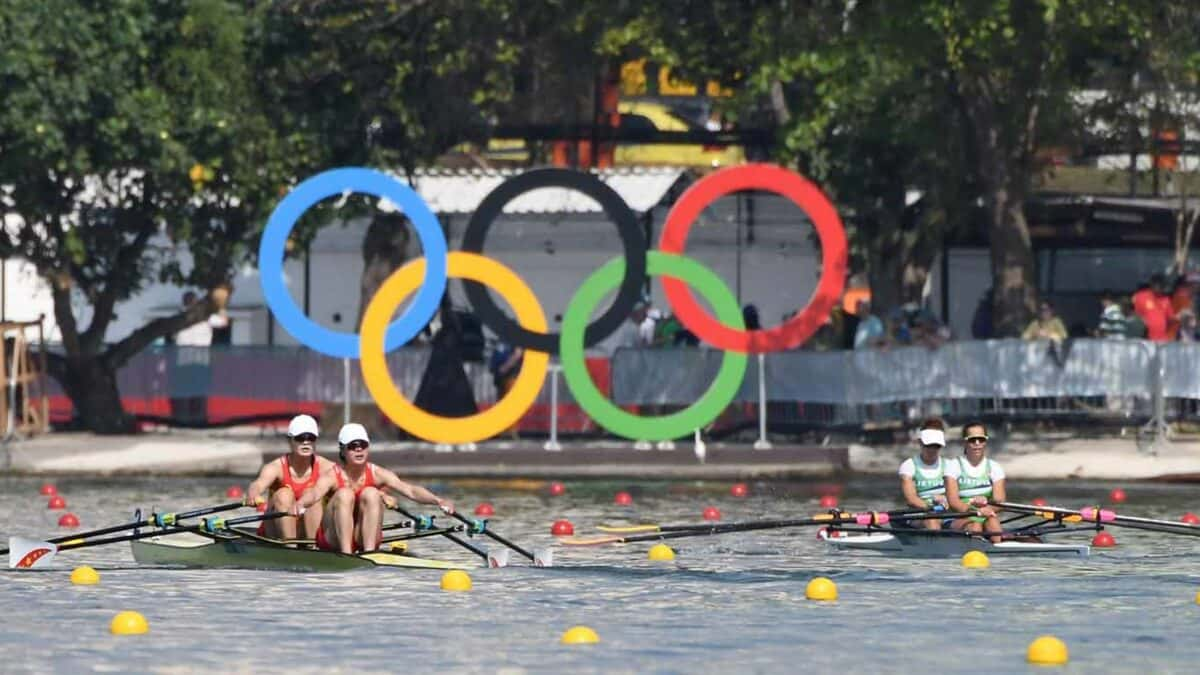
10 Jul 2020
A handful of Olympic and Paralympic rowing facts
Globalisation
One of the most striking changes has been the globalisation of the sport. With just eight nations participating at the Olympic Games in 1900, when the first rowing medals were awarded, there were 69 participating countries at the 2016 Olympics in Rio. And although the final tally is not yet known for the Tokyo Olympic Games, the number of nations participating in qualification regattas continues to climb. There are now 156 National Federations in the sport of rowing, which has grown by more than 90 nations in the last 30 years.
Women
Women were first included at the 1976 Olympic Games, but women’s participation in the sport can be traced back much farther. The first FISA recognised international race for women was at the 1951 European Rowing Championships and a number of countries had already long-established women’s rowing events. With growing participation at the Olympic level, for the first time in history, women now have an equal number of events at the Olympic Games.
Para rowing
The rowing family also grew to include para rowing, with the introduction of the sport to the Paralympic Games in Beijing 2008. The four boat classes that raced in 2008 are still on the programme today (although they have since been renamed).
Racing distance
Both para rowing and women’s rowing were first introduced competing over a distance of 1000m, but have since been changed to 2000m. However, the length of rowing courses has been a fluid part of the sport since its inception.
The standard distance of 2000m was adopted for the 1912 Olympic Games in Stockholm and has been used ever since. For the early Olympic Games, however, the course distances varied from 1750m in Paris 1900 to 3218m in St. Louis 1904 and the Henley Royal Regatta course of 2112m in London 1908 (and again when the course was used in 1948). In the early days, races were also between two to three boats. The six-lane courses were first used in 1936 Olympic Games in Berlin, Germany and became standard since the 1956 Olympic Games in Melbourne, Australia.
The speed of racing
Standardising the distance has allowed for a comparison of speed over time. Tokyo, Japan hosted the Olympic Games in 1964 and the gold medal men’s eight finished in a time of 6:18.23. Over 50 years later, the men’s eight has now set the World Best Time almost one minute faster: 5:18.68. In fact, men’s eights with today’s equipment can reach speeds of up to 25km per hour. In comparison, the men’s 100m athletics time in 1964 was 10.0 seconds, which was a world record. The current world record for the men’s 100m is 9.58 seconds. In rowing, the difference is almost 16 per cent, whereas it is just four per cent in athletics.
Better backwards
Rowing also gets to boast that it is the only Olympic sport in which competitors sit facing backwards and rowers use an estimated 86 per cent of their muscles while competing. But these facts will have to hold on one more year until the next edition of the Olympic Games will be written in the history books.

